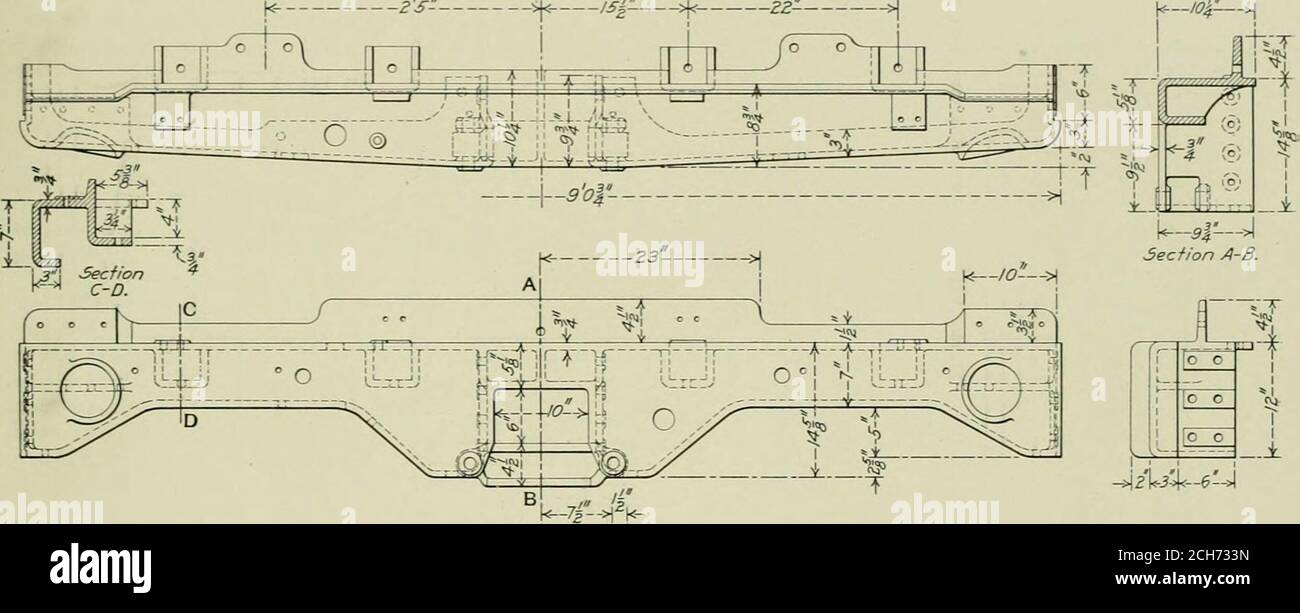Bogie Top Gun - Coming 36 years after Top Gun hit theaters, recognized as an icon of 1980s pop culture, the sequel Top Gun: Maverick is an extremely worthy film. Your favorite character is challenged to grow beyond their personal best and become a coach and mentor. Beyond moments of clashing egos, pathos and humour, the film offers plenty of flight scenes, often using real planes, as it builds to a thrilling conclusion.
These qualities are more important to creating an interesting film than observing technical nuances. However, viewers who take their cues from the film may be misled about how the US Air Force operates. (Some spoilers follow.)
Bogie Top Gun
Top Gun is about elite pilots performing powerful, high-speed maneuvers to save the day. The plot demands that they overcome their superior skill and courage rather than use superior technology and sound mission planning to silently dispatch distant and unsuspecting enemies they cannot even see.
Glossary For The Original “top Gun,” As We Understood It In 1986
The central mission of the film is derived from the Death Star in Star Wars. It features unconventional Super Hornet fighters that can shoot down any aircraft coming out through a spiral canyon guided by radar-guided surface-to-air missiles. They have to go at a very high speed to avoid being intercepted by the enemy's main patrol fighters (more on that later).
After reaching the target, the rear seats in the two-seat F-18F have only seconds to direct the laser at a small target to guide the laser bombs. These bombs, like proton torpedoes hitting the Death Star's thermal extraction port, destroy the entire complex.
This is definitely a recipe for an exciting flight sequence. And it's not entirely unrelated to reality: The low-altitude entry tactic, designed to avoid long-range air defense radars, was essential to military aviation during the Cold War because long-range land-based missiles threatened high-flying aircraft. This method was really difficult and dangerous. Hundreds of pilots were trained for it.
However, these days the US military relies heavily on stealth aircraft for infiltration missions. These planes are hard to find. Dealing with long-range radar missiles is even more difficult.
Transformers And Top Gun Team Up For \
For the US Navy, that means the F-35C lightning strike aircraft seen in the opening sequence of the film. F-35s are not as agile as Super Hornets, but they are designed to cross airspace protected by heavy air defenses.
The writers of Top Gun know that the F-35 is an obvious solution, so these planes are considered impossible in the film due to the valley's expensive GPS blocking. GPS jamming or spoofing is indeed used to protect key facilities, but it hardly stops the F-35s from using it judiciously. At most, this means that GPS-dependent weapons like JDAMS may not work for the mission. But there are many other guided weapons that work using laser guidance or a combination of ground contour matching and inertial guidance, such as the Tomahawk cruise missile shown in the film.
While it is true that a weapons systems officer in an FA-18F two-seat fighter can more easily handle sensors and weapons tasks such as ground target engagement, paired F-35s can handle this mission as well. They did this from a higher altitude, instead of flying through the canyon at dangerous speeds, and this reduced their sensitivity to missiles. American drones and B-2 bombers can also accomplish this task.

There is another way to counter enemy air defenses that can be done in conjunction with an attack attempt: targeting an anti-aircraft attack. This is called Suppression of Enemy Air Defenses or SEAD.
Caulking Cartridge Gun
The US Navy's air wings include a special variant of the Super Hornet called the EA-18G Growler, which is dedicated to suppressing or destroying air defenses. Growers can use powerful launchers to jam radar and communication systems. They can also fire AGM-88 DAMAGE missiles designed to jam active enemy radar signals.
The F-35 can also perform SEAD missions using its ASQ-239 system to identify enemy air defense sensors for attack with long-range weapons.
By the way, the missile batteries protecting the valley are operated as radar. They are actually similar to S-125 interceptors (NATO name SA-3 Goa), which fire V-600 missiles on radio commands from a separate targeting radar.
However, they have a range of at least 2.5-3.5 km, so they are not very effective against fighters at short range. Approaches to the reactor are likely to be protected using infrared/optical guidance by short range air defences. The C-125s will be located further away.
Giant Killer! Bogie Bekim Upstages Champs In Stayers Topgun
The success or failure of the raid is the presence of fifth generation fighters, which were said to have ended the dominance of the United States in aerial warfare.
However, the idea that the US military is somehow in an air war is nonsense. While Super Hornets may have trouble fighting fifth generation jets, the US military has a huge lead in stealth fighters. It built this lead with the F-22A Raptor air superiority fighter that entered service in the 2000s and expanded it with the F-35 Lighting family of multi-role aircraft in the 2010s.
In contrast, Russia has only acquired a single-digit number of fifth-generation Su-57 fighters, as shown in the film. And the Su-57, although very agile, is significantly more visible on radar than the F-35.

China operates 50 to 100 J-20 fighter jets. But the J-20 in service has yet to receive the powerful engines needed to accomplish the mission. (This also applies to the Su-57.)
Queensland Shooting: Three Killed On Remote Australian Property
While these aircraft pose challenges to the US military - challenges that will continue to grow - the US has enormous quantitative and qualitative advantages. These advantages are reinforced by very advanced pilot training and support assets. It is hard to believe that the Navy would consider it too risky to send escort fighters to protect strike forces, especially stealthy F-35Cs.
Indeed, radar detection and stealth play no part in the film. There is also no room for infrared search and tracking systems, such as those prominently placed near the roof of the Su-57.
The film is said to capture the true quality of the Su-57 in a scene where one of these aircraft performs an unexpected maneuver. Su-57s can make impressive maneuvers thanks to their vectoring engine, which can avoid a missile in some situations.
But while the F-22 has some form of vectored thrusters, most US designs eschew this sophisticated technology: Such maneuvers use so much speed and altitude that the aircraft that fleeing then being left vulnerable.
New Lok Grips, Rami Custom And Bogie Thins.
The unnamed "bad guys" in Top Gun: Maverick are clearly modeled after Iran, and Tehran's nuclear program has long been presented by the Hawks as a target for pre-emptive strikes. Perhaps the most interesting detail is the ownership of the F-14 Tomcat, the type that Maverick flew in the original film.
Iran is the only current operator of the F-14. He took 79 of them in the 1970s, before the Iranian revolution. These have seen far more aerial combat than US F-14s and have claimed at least 50 Iraqi downed aircraft. Several dozen Tehran Tomcats are still flying decades later, thanks to internal upgrades and new parts and weapons.
Top Gun may be a banner of US military might, but its writers clearly don't want to address the controversy surrounding the use of that power. Of course, Maverick-level uniformed military personnel are required to faithfully implement the decisions of political leaders. And Top Gun audiences are looking for the fantasy of a fighter pilot and violently clashing egos, without witnessing the unraveling of Middle Eastern politics.

However, it is important that viewers do not confuse the cinematic display with reality. Iran's nuclear program cannot be blown up with one or two missiles as good as the Death Star.
Bogie & Bacall The Signature Collection 4 Movies Dvd For Sale Online
Although we are treated to a happy ending, after a strike, even a potentially successful one, there is likely to be a long period of retaliation and revenge.
Sebastian Roblin writes on technical, historical and political aspects of international security and conflict for publications including The National Interest, NBC News, Forbes.com, War is Boring, and is the editor of Defense-in-Depth. He has a master's degree from Georgetown University and served in the Peace Corps in China. You can follow his articles on Twitter.
Sebastian Roblin writes on technical, historical and political aspects of international security and conflict for publications including The National Interest, NBC News, Forbes.com, and The Boring War. He has a master's degree from Georgetown University and served in the Peace Corps in China. It took Tom Cruise and company 36 years to deliver Top Gun: Maverick. Is it worth the wait? It totally depends on your need for speed.
The original "Top Gun" is a masterpiece of pop art. It's a scene as iconic as if the entire film had been set on a universal cultural keystone, and director Tony Scott had simply dug into the editing bay to unveil a complete mosaic of action movie genius. This Cold War-era gem is only as good as it is because the Pentagon allowed Paramount Pictures to borrow it.
Top Gun: Maverick Imagines A World Where Stealth Fighters Don't Work
Top gun movie, watch top gun movie, top massage gun, iwc pilot top gun, aviator glasses top gun, iwc top gun, top rated gun safes, top gun safe, iwc top gun price, top gun aviators, top rated massage gun, iwc top gun watch

0 Comments